Mobile advertising isn’t something that should be shrugged off. Actually, mobile advertising isn’t something that CAN be shrugged off. The reality is that you’re missing out on a huge market if you stick to print or media (without mobile) advertising. Here are some quick statistics:
- 80% of Internet users own a smartphone
- Tablet devices account for the highest add-to-cart rates (38%) on ecommerce websites
- Mobile based cost-per-clicks cost 24% less than desktop and have 40% higher click-through rates
- US mobile ad revenue is expected to rise by a 26.5% compounded annual growth rate through 2020
The Ins and Outs of Mobile Advertising
The world of mobile advertising is as expansive as the mobile advertising companies and the mobile app development companies that inhabit it. There’s been a shift towards mobile in recent years (time spent on digital media: 51% on mobile vs. 42% on desktop), and within the mobile shift there’s been a preference for app use (89%) vs. web use (11%), with a 98% growth in mobile app usage from 2015 to 2016. Forbes also reports that ads on apps receive higher click-through rates (.58%) than those found on mobile web (.23%). People are also purchasing through mobile means with increased frequency. Every hour almost 160,000 products are purchased from mobile devices on Amazon.
To begin, don’t overlook the basics. Have a plan of action or a mission statement and identify goals and a target audience. It’s especially important to know who your audience and end users are if you’re marketing a mobile app. Apple recently announced that ad placements will be displayed based on user searches. Take all of this in as you prepare your marketing strategy.
The Different Types of Mobile Advertising
Different mobile ad types come and go with the times. They change with mobile advertising trends and adapt to different industries. You can have rich media ads that are interactive, highly dynamic and come in all shapes and sizes, from interstitials to video ads. Or you can have static ads that are mainly text based and much more affordable for the common marketer. The former is all about user engagement and versatility, while the latter aims for branding and building recognition.
Banner Ads
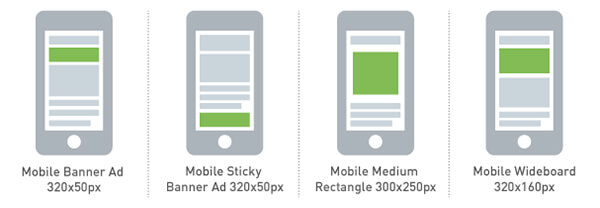
Static banner ads are the standard. You’ll find them at the top or bottom of the screen. They’re the simplest, yet most popular of the mobile ad bunch. They’re easy to integrate, but their positioning has the uncanny ability to garner a lot of accidental clicks, something that can frustrate and turn people away. And according to Retale, a location based mobile platform, as many as 60% banner ad clicks are accidental.
Even though banners have a low click-through rate (27%), they produce a lot of impressions; use them if you’re trying to get your brand seen. You can go basic and rely on text, or go the extra mile and incorporate graphics. They’re relatively unobtrusive and clean, but can feel spammy if used incorrectly. Counter this by being subtle, yet attention-grabbing. Include a call to action and keep your keywords targeted. You are trying to get clicks, after all.
Interstitial Ads
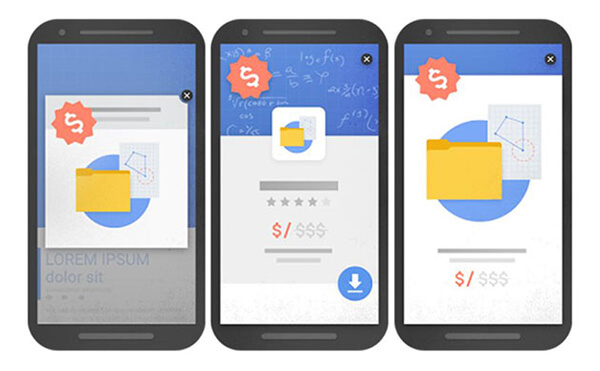
Interstitial ads are interactive and display across the whole screen, a characteristic that reduces accidental clicks, but may hinge on intrusiveness. As a matter of fact, Google recently started penalizing mobile sites that use app install interstitials because they hide a significant amount of content from view, rendering them mobile-unfriendly. Think of them as desktop ads that saw the coming mobile-first world and migrated to the smaller screen. Keep in mind that interstitials require more expertise to create than a standard banner ad. They’re engaging, compelling, and, when done right, have a high conversion rate.
This is your chance to showcase your product and give your audience a glimpse behind the curtain. They’re seeing the actual thing, not just reading a brief blurb about it. InMobi, a mobile advertising platform, found that interstitial ads are most effective when promoting games (3.04% conversion rate), social media (2.71% conversion rate), and entertainment (2.26% conversion rate). A best practice for interstitials is to hold off while the app is in use. Instead, deploy it before, during startup, or at naturally occurring intervals, such as with games (loading screens in mobile games = prime realty for interstitials).
Expandable Ads
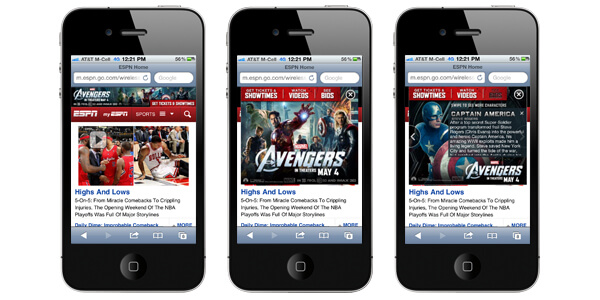
As their namesake implies, expandable ads start off as static banner ads, and when tapped or rolled over, expand to fit the screen like interstitials. They, too, have high conversion rates and allow for more creative design than their static banner cousin. Moreover, a study by John Lewis and the Internet Advertising Bureau (IAB) found that people exposed to expandable ads were 25% more likely to remember them than they were static banner ads. Combine the above suggestions for banners and interstitials to form your basis for expandable ads.
Native Ads
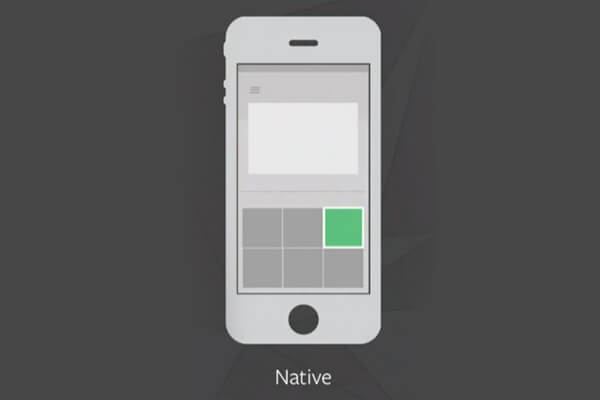
Native ads don’t look like ads. If you know someone who can blend in anywhere they go and never raise any eyebrows, you know the human version of a native ad. Their format aligns with the app/site they reside in, seamlessly integrating them into the content. This makes them remarkably unobtrusive and not likely to impinge on user experience. The click-through rates for native ads on mobile (smartphone: .38%; tablet: .33%) are also better than desktop native ads (.16%) and more than 4X higher than traditional native ads (.08%). You’ve most likely encountered mobile advertising examples of this type whilst scrolling through fashion websites or Facebook. They appear just like normal content, except they display a small ‘Ad’ disclaimer in a corner somewhere.
Video Ads
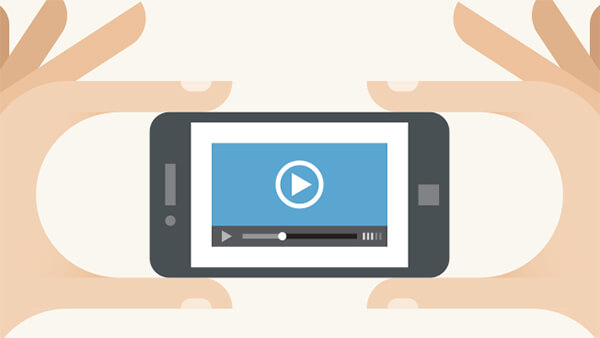
Similar to ads that pop up out of nowhere, video ads can be a nuisance. They’re usually short (15 seconds to a minute) and appear as small, rectangular windows that expand when tapped. That being said, they do come packed with high user engagement. Mobile devices’ smaller screens are perfect for focusing attention and keeping it. Business Insider reports that mobile video ad revenue is expected to grow more than 3X faster than desktop through 2020. Not only that, but ad spending on mobile video ads between 2014 and 2019 is also expected to increase by 14.1%.
It’s the norm to set a period of 5 to 30 seconds as the ‘must watch time’ before being able to skip the ad. Forcing people to sit through the whole ad may seem appealing because video ads are expensive to make and of course you want it to be seen in full, but it can leave a bad taste in the user’s mouth that detracts from conversions. Keep it short and sweet. Add a hint of unpredictability and inspire your audience. Add an emotional aspect that tugs at their heartstrings if appropriate. But above all, be creative; no one likes sitting through a boring ad.
The Roundup
As you’ve seen, mobile advertising isn’t limited to static banner ads. The sky and your creativity are your limits and you should push them until you’re satisfied with what you have. All ad types have pros and cons, and some work better within certain circumstances or applications than others. Keep app store optimization and your end user in mind; they’re the ones you’re trying to convince with your ads. Good luck!

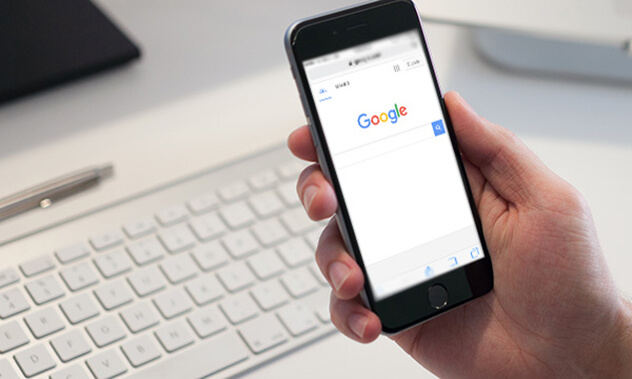



Tell us your thoughts in the comments